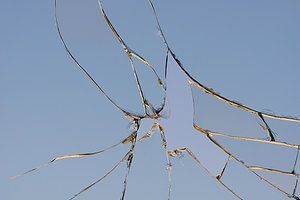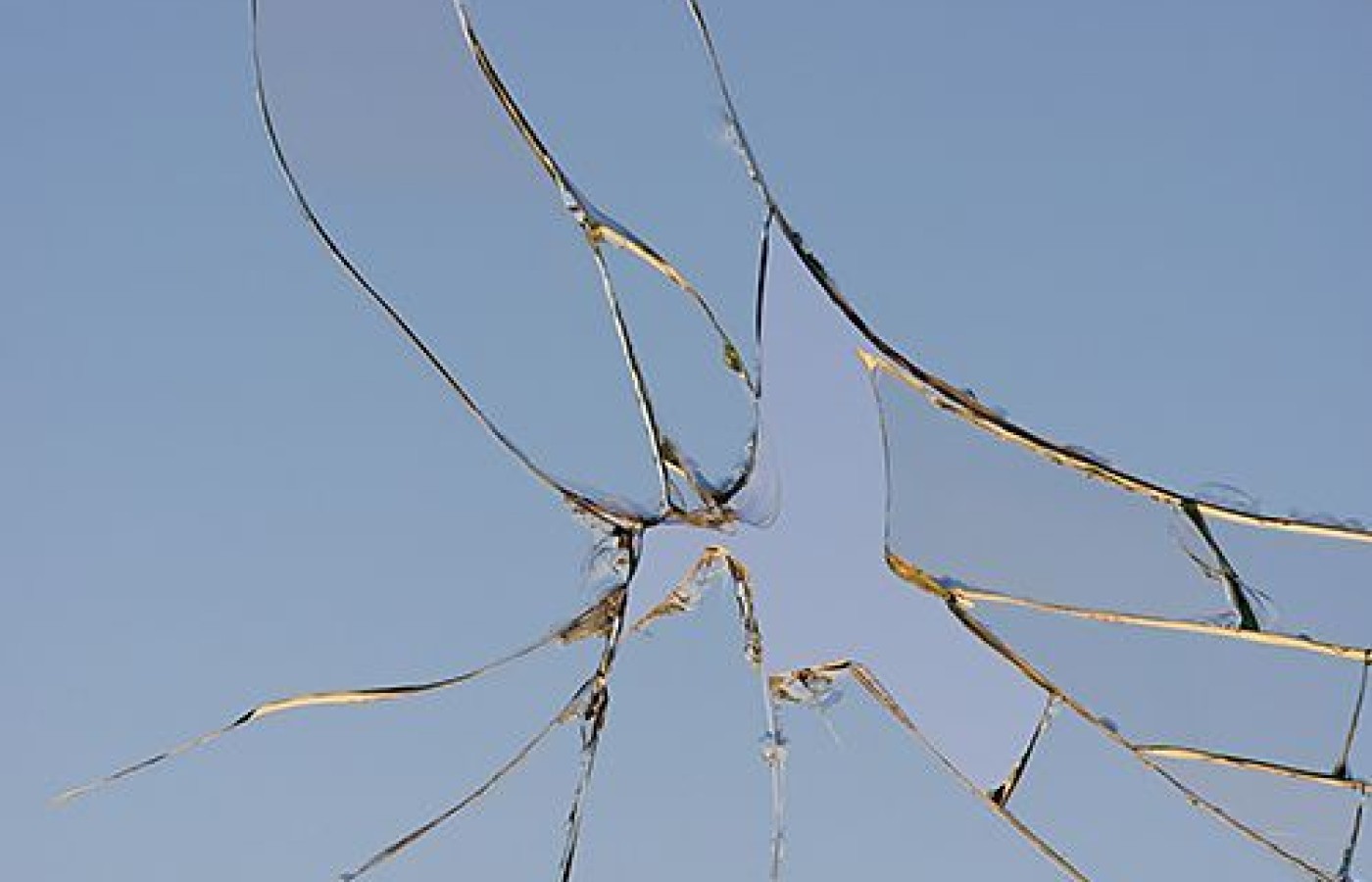On Oct. 21, 2025, a judge in Florida issued a groundbreaking decision in Complete Care v State Farm, 25-CA-1063. It concerns a fact pattern that many chiropractic doctors have faced wherein an insurer, such as State Farm or Allstate, decides to simply stop paying all claims submitted by a healthcare provider.
| Digital ExclusiveChiropractic: Breaking the Glass Ceiling for ER Inclusion
Understanding trends in health care, inclusive of emergency rooms, follow the tenants of evidenced-based medicine; the published evidenced in the literature, the doctor's experience and patient feedback. These aspects allow observation of the current path and to predict future occurrences or "trends." There are many trends in spine care; one of the most important is the utilization of emergency services for the diagnosis and management of spine pain, with particular focus on unscheduled return visits (URV), according to Trivedy and Cooke (2015).1 This trend has given chiropractic a "foothold" to create sustainable relationships in emergency and urgent health care settings.
A Dysfunctional System
According to Rising, et al.,2 in both the Hospital of the University of Pennsylvania and Penn Presbyterian Medical Center, it was determined that "Patients most frequently returned to the ED because of fear and uncertainty about their condition, with this fear driven by the belief that their condition was worsening or not improving in the time frame they expected, as well as by a lack of explanation for what was causing their symptoms." This is especially true with the diagnosis of "non-specific" or mechanical spine pain in the medical community, which they identify as pain without a designated anatomical cause.

Medicine has no answers for biomechanical pathology in the spine. Their focus and training surround the pharmacological or anatomical (surgical) aspects of the pain syndrome. The core of the problem lies in that you can not have a chemical solution to a mechanical pathology. The void in the management of the functional or biomechanical components is where chiropractic has a natural fit on a very large scale.
ER and Primary Care Physicians: The Wrong Choice
In 2016, Drazin, et al.,3 wrote, "The estimated 2.6 million annual emergency room (ER) visits for LBP-related (low back pain and not considering all other spinal regions) disorders represent 2.3% of all ER visits per year in the US. ... Through a survey of ER physicians, Elam et al found that LBP was a frequent cause of visits to the ER, with 59% of ER physicians encountering patients with LBP 5–20 times per month, while 35% reported treating these patients more than 20 times every month."
The authors continue: "Moreover, patients with LBP who were discharged from the ER had substantial morbidity even months later, with 70% reporting functional impairment 1 week later, and nearly half still impaired after 3 months."
A major part of the problem is that even though the ED physician evaluates the patient and triages their care, in most cases patients are still suffering. Since medicine has very few manual options, patients are provided with pharmaceutical management, injections or surgical solutions, which have proven poor outcomes for mechanical pathologies.
A 2011 retrospective study by Kocher, et al.,4 performed utilizing 1996-2007 National Hospital Ambulatory Medical Care Survey, a large nationwide survey of ED services, reported a 4.9 percent (as per the author, underreported) account for unscheduled return visits (URV) under spinal diagnostic codes. Emergency physicians follow a "treat ‘em or street ‘em" approach and spine pain is no different.
In fact, although musculoskeletal conditions are a statistically significant global percentage of visits to the ED, few are actually admitted for inpatient care; and most are released for future follow-up outside of the ED, according to Soh, et al. (201) and Chou, et al. (2018).5-6 They are released to "somebody" who typically has no training in mechanical spine pathology. This is where things break down based on current trends and the basis of medical training, as well as being a significant contributor to the opioid crisis.
Regarding medical training, Humphreys, et al.,7 stated: "In the United States, approximately 10% to 25% of all visits to primary care medical doctors are for MSK [musculoskeletal] complaints, making it one of the most common reasons for consulting a physician. Specifically, it has been estimated that less than 5% of the undergraduate and graduate medical curriculum in the United States and 2.26% in Canadian medical schools is devoted to MSK medicine."
What Chiropractors Can Provide
Emergency rooms are focused on is patients "coming back" because of the above-stated reasons. What we as doctors of chiropractic can do is help them by seeing those patients quickly with proper training and management in place. Research shows how many patients come through the ER with spine complaints; we also know why they return. That trend has to stop, with chiropractic as the best solution, as verified by Blanchette, et al.8
Managing patients once they leave the ER is a critical component of this discussion. Further insight is given by Vaillancourt, et al.:9 "Our study makes clear that symptom relief frequently remains an important issue hours to days after receipt of care in the ED and may be an important focus for improvement. ... Having a plan for care beyond the ED is also the focus of current experience surveys, but the focus is on assessing the interactions with health professionals rather than their result."
This is about coordination of care, diagnosis and management, rather than just a focus on short-term pain relief and treatment. The "trauma trained chiropractor" is best positioned to accomplish this.
According to Blanchette, et al.,8 "The type of first healthcare provider was a significant predictor of the duration of the first episode of compensation only during the first 5 months of compensation. When compared with medical doctors, chiropractors were associated with shorter durations of compensation and physiotherapists with longer ones. Physiotherapists were also associated with higher odds of a second episode of financial compensation. These differences raise concerns regarding the use of physiotherapists as gatekeepers for the worker's compensation system."
How to Make It Happen in Your Community
First, you need credentials. Cleveland University has recognized a trauma qualification, with courses further recognized by ACCGME in conjunction with the State University of New York at Buffalo, Jacobs School of Medicine and Biomedical Sciences. That formal credential (or equivalent) has already been recognized by many emergency rooms as the basic requirement for inclusion.
When it comes to interacting with ERs, whether they are in a hospital or a stand-alone, walk-in clinic, you can position yourself in two ways: first, by communicating that you understand the problem; and second, by showing you have the training to manage the complexity and volume of referrals.
Patient access to you is critical, as is your ability to understand the medical side of patient care. Do you have postgraduate CE training in MRI interpretation, triaging injured patients, stroke analysis (things get missed in the ED), primary spine care and interprofessional communication?
There is a huge opportunity for referrals from the ER; however, it is not "business as usual" for chiropractors. We have to fully understand, through formal training, both the medical and mechanical pathologies in order to be trusted to handle ER referrals.
Getting the attention of the emergency department is easy, but being the doctor it takes to handle what the ER sends you and creating an enduring relationship is up to you. Without the requisite training, your relationship could be short-lived and your reputation (and the reputation of the profession) forever tarnished. Be prepared.
References
- Trivedy CR, Cooke MW. Unscheduled return visits (URV) in adults to the emergency department (ED): a rapid evidence assessment policy review. Emerg Med J, 2015;32(4):324-329.
- Rising KL, Padrez KA, O'Brien M, et al. Return visits to the emergency department: the patient perspective. Ann Emerg Med, 2015;65(4):377-386.
- Drazin D, Nuño M, Patil CG, et al. Emergency room resource utilization by patients with low-back pain. J Neurosurg: Spine, 2016;24(5):686-693.
- Kocher KE, Meurer WJ, Fazel R, et al. National trends in use of computed tomography in the emergency department. Ann Emerg Med, 2011;58(5):452-462.
- Soh CHW, Lin Z, Pan DST, et al. Risk factors for emergency department unscheduled return visits. Medicina, 2019;55(8):457.
- Chou L, Ranger TA, Peiris W, et al. Patients' perceived needs for medical services for non-specific low back pain: A systematic scoping review. PloS One, 2018;13(11): e0204885.
- Humphreys BK, Sulkowski A, McIntyre K, et al. An examination of musculoskeletal cognitive competency in chiropractic interns. JMPT, 2007;30(1):44-49.
- Blanchette MA, Rivard M, Dionne CE, et al. Association between the type of first healthcare provider and the duration of financial compensation for occupational back pain. J Occup Rehabil, 2017;27(3):382-392.
- Vaillancourt S, Seaton MB, Schull MJ, et al. Patients' perspectives on outcomes of care after discharge from the emergency department: a qualitative study. Ann Emerg Med, 2017;70(5):648-658.



